Sakewa is one of the most significant cultural and religious festivals for the Kirat Khambu Rai community in Sikkim. Celebrated as a homage to Mother Earth, it commences by performing Bhumi Puja followed by community dances and other rituals. Entire state comes alive during the colourful festivities of Sakewa with sounds of drums and cymbals reverberating in the air, and people all around the corners soaking themselves in the aura of merry making and celebrations. Not to mention explicitly, for all the cultural enthusiasts planning a trip to Sikkim, this is one of the best timeframes to work out their itineraries and they are sure to be treated with a magnificent cultural spectacle unmatched.
History of the Festival
The Kirat Rai people are believed to be some of the most ancient people of Himalayas. They are said to be nature worshippers and this tradition of theirs offering reverence to nature gods, praying for the well-being of all living creatures around the world, has been existing since ancient times.
Duration of the Festival
The nine day long festival begins on the full moon day of the Hindu month of Baisakh which mostly falls between April and May. The celebrations mark the beginning of the new farming year and start off on a big ground or a hill top with the Mangpa (male priest) or Mangma (female priest) performing puja of the soil, followed by various other religious rituals and community feasts. After celebrations on the ground are over, people move to their homes and perform holistic rites for their fore-fathers, offering food grains, millets and ginger to a fire lit in the hearth. The celebration continue for 9 days, with last day being the day of sowing seeds in the fields.

Highlights & Important Rituals of the Festival
A ceremonial Pooja of earth, also known as Bhumi Pooja followed by rituals offering obeisance to Lord Kubera, the Hindu god of food and wealth, is one of the major highlights of Sakewa. The festivities remain incomplete without the traditional Silis (community dance form with different postures depicting behaviour of birds and animals); amongst them the most popular is the Sakewa Sili dance, which is performed by the community women as their prayer to Mother Earth to aid in cultivation of a good crop in the impending year. Besides, another sili performance called Chasum Sili that depicts the entire cycle of sowing to reaping to cooking and eating the rice is also quite famous and captures attention of many tourists and travellers.

















































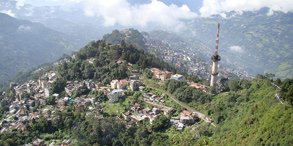
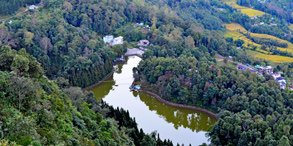

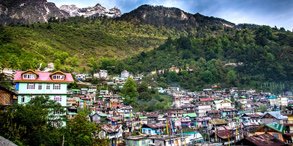
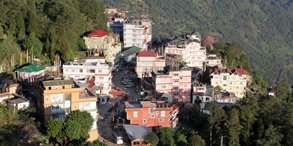
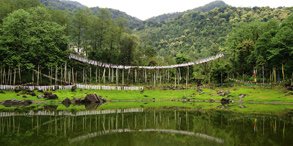

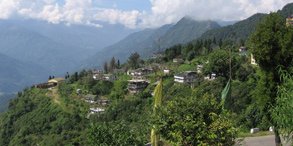
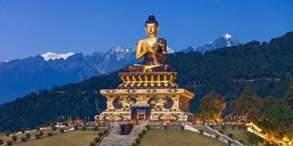
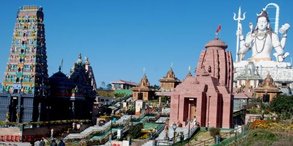
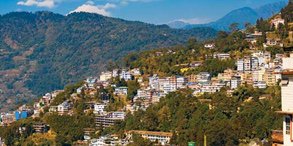
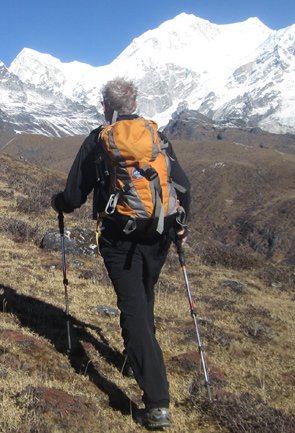
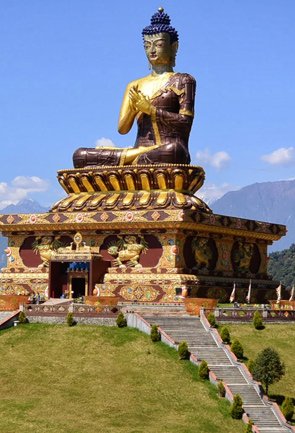

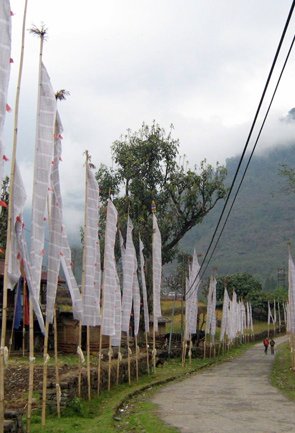


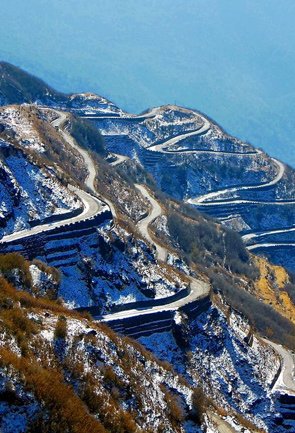

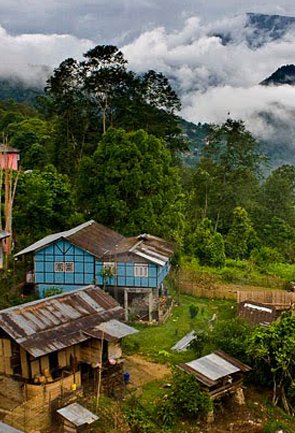

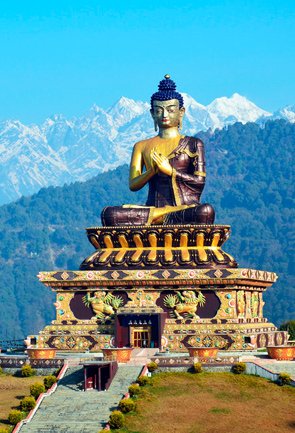

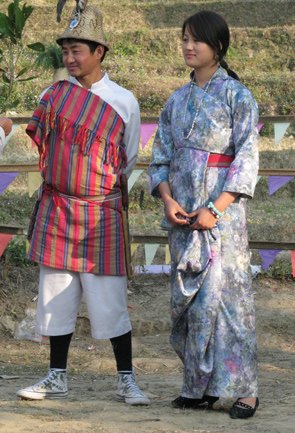
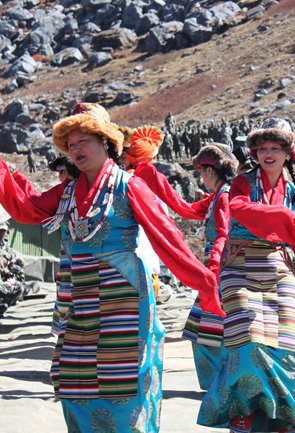



 Plan Trip
Plan Trip Call Us
Call Us Packages
Packages Home
Home